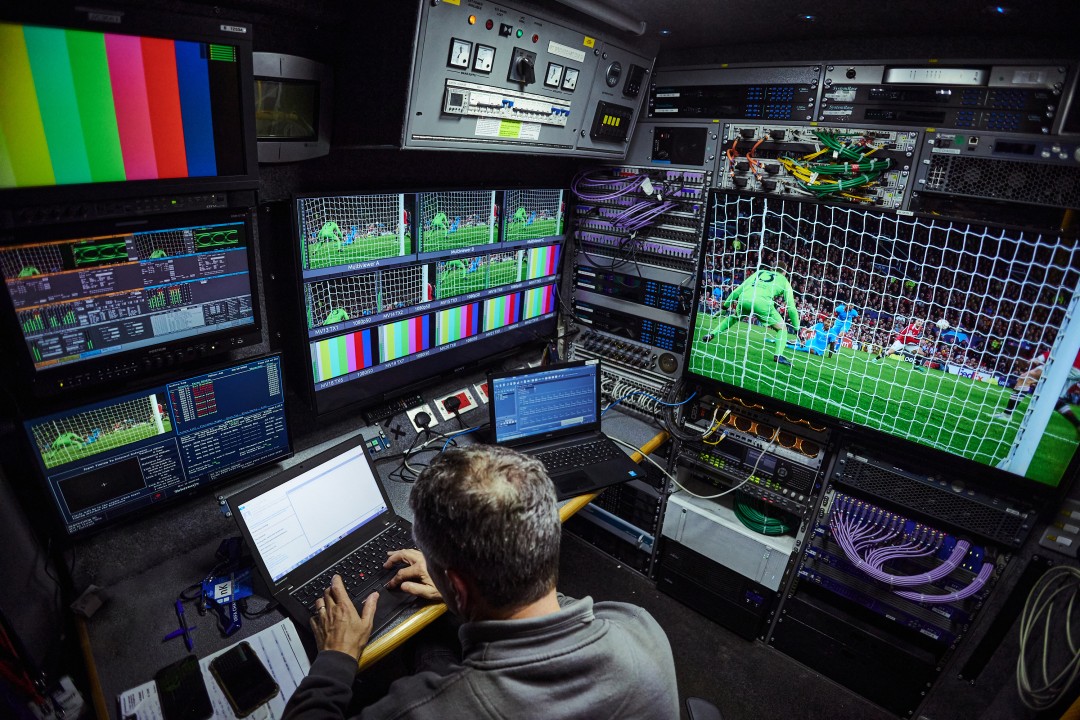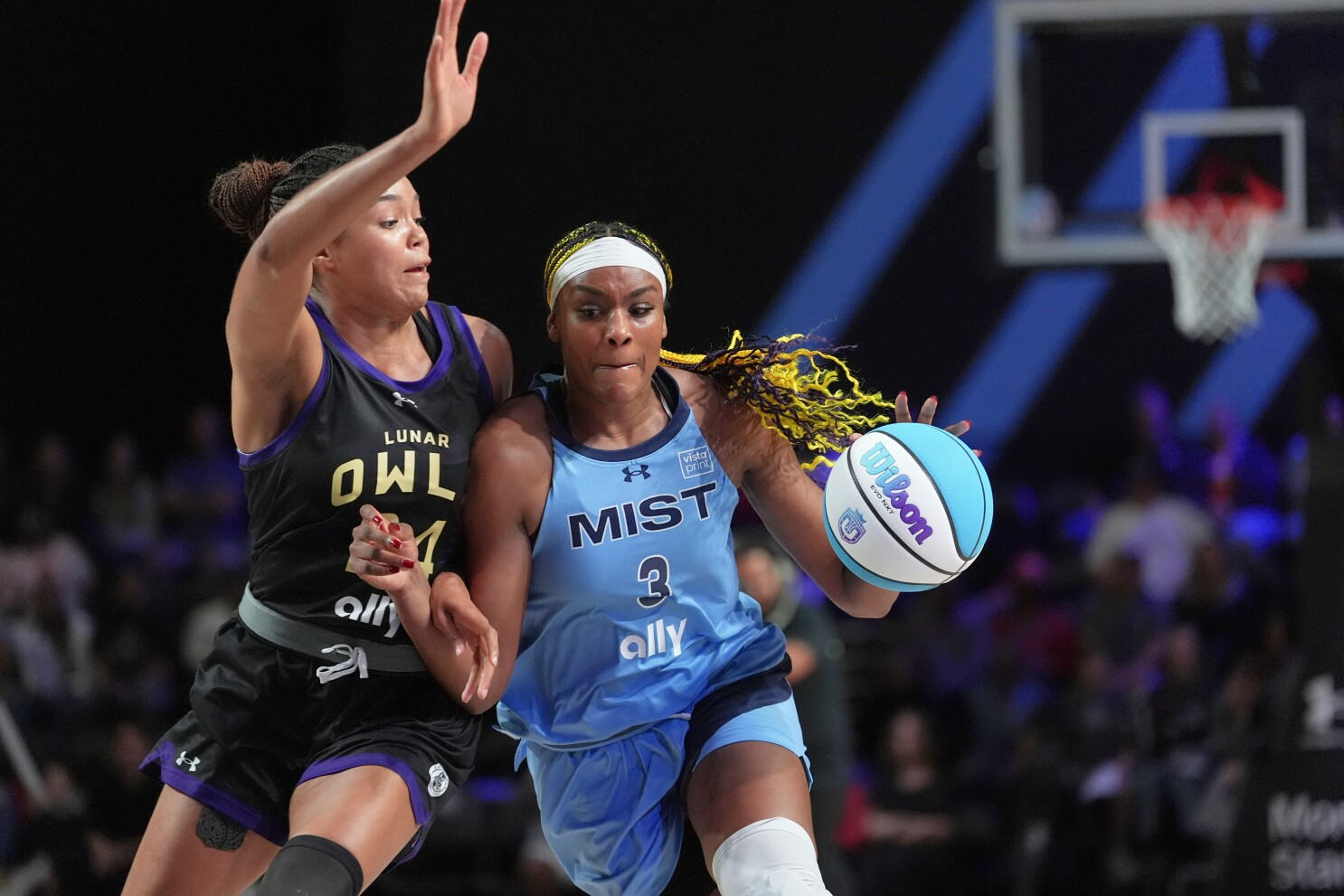esportelo.com – The way fans consume sports is rapidly evolving. Traditional television broadcasting is no longer the sole option for watching live games, as digital streaming platforms have become a dominant force in the industry. With advancements in technology, changing viewer preferences, and the rise of on-demand content, sports streaming and digital broadcasting are shaping the future of how audiences engage with their favorite teams and events.
The Shift from Cable to Streaming
For decades, cable television dominated sports broadcasting. Networks like ESPN, Fox Sports, and NBC Sports held exclusive rights to major sporting events. However, the rise of digital streaming platforms has changed the game. Fans now have access to live sports through platforms like:
- ESPN+
- DAZN
- Amazon Prime Video
- Peacock
- Apple TV+
- YouTube TV
- Twitch (for esports and interactive sports content)
These services offer greater flexibility, allowing viewers to watch games on-demand, skip commercials, and access exclusive content tailored to their preferences.
Key Trends in Sports Streaming
- Direct-to-Consumer (DTC) Models – Sports leagues and teams are increasingly launching their own streaming services. The NBA League Pass, NFL Game Pass, and MLB.TV provide direct access to live games and behind-the-scenes content without the need for a cable subscription.
- Interactive and Immersive Experiences – Platforms are integrating new features such as multi-camera angles, live stats, and augmented reality (AR) to enhance viewer engagement. Twitch’s interactive chat feature for esports is also influencing how traditional sports broadcasts engage with audiences.
- Personalization and AI-Driven Content – Artificial intelligence (AI) is being used to recommend games, highlights, and statistics based on user preferences. Streaming platforms analyze viewer habits to provide tailored content, making the experience more engaging and relevant.
- The Rise of 4K and Virtual Reality (VR) Broadcasting – High-definition streaming and VR technology allow fans to experience games in unprecedented detail. Companies are exploring VR broadcasts where users can feel as if they are in the stadium, even from their living rooms.
- Social Media Integration – Social platforms like Twitter, Facebook, and TikTok are becoming key players in sports broadcasting. Leagues and teams use social media for live updates, streaming short clips, and engaging with fans in real time.
Challenges and Opportunities
While sports streaming offers numerous advantages, challenges remain:
- Subscription Fatigue – With multiple streaming services available, fans may feel overwhelmed by the cost of subscribing to different platforms for different sports.
- Streaming Rights and Exclusivity – Broadcasting deals are complex, and securing streaming rights remains a challenge for platforms looking to offer diverse sports content.
- Latency Issues – Live sports require minimal delay, but streaming platforms often experience lags compared to cable broadcasts, affecting the real-time experience.
However, these challenges also create opportunities for innovation. Companies that find ways to offer bundled sports packages, improve streaming speeds, and enhance viewer engagement will thrive in the digital broadcasting landscape.
Conclusion
The future of sports streaming and digital broadcasting is bright, with technology and fan demand driving the shift from traditional TV to online platforms. As streaming services continue to innovate, the sports industry must adapt to new consumer habits, ensuring that fans can enjoy high-quality, interactive, and on-demand content anytime, anywhere. Whether through AI, VR, or direct-to-consumer models, the next era of sports broadcasting is shaping up to be more dynamic than ever.






